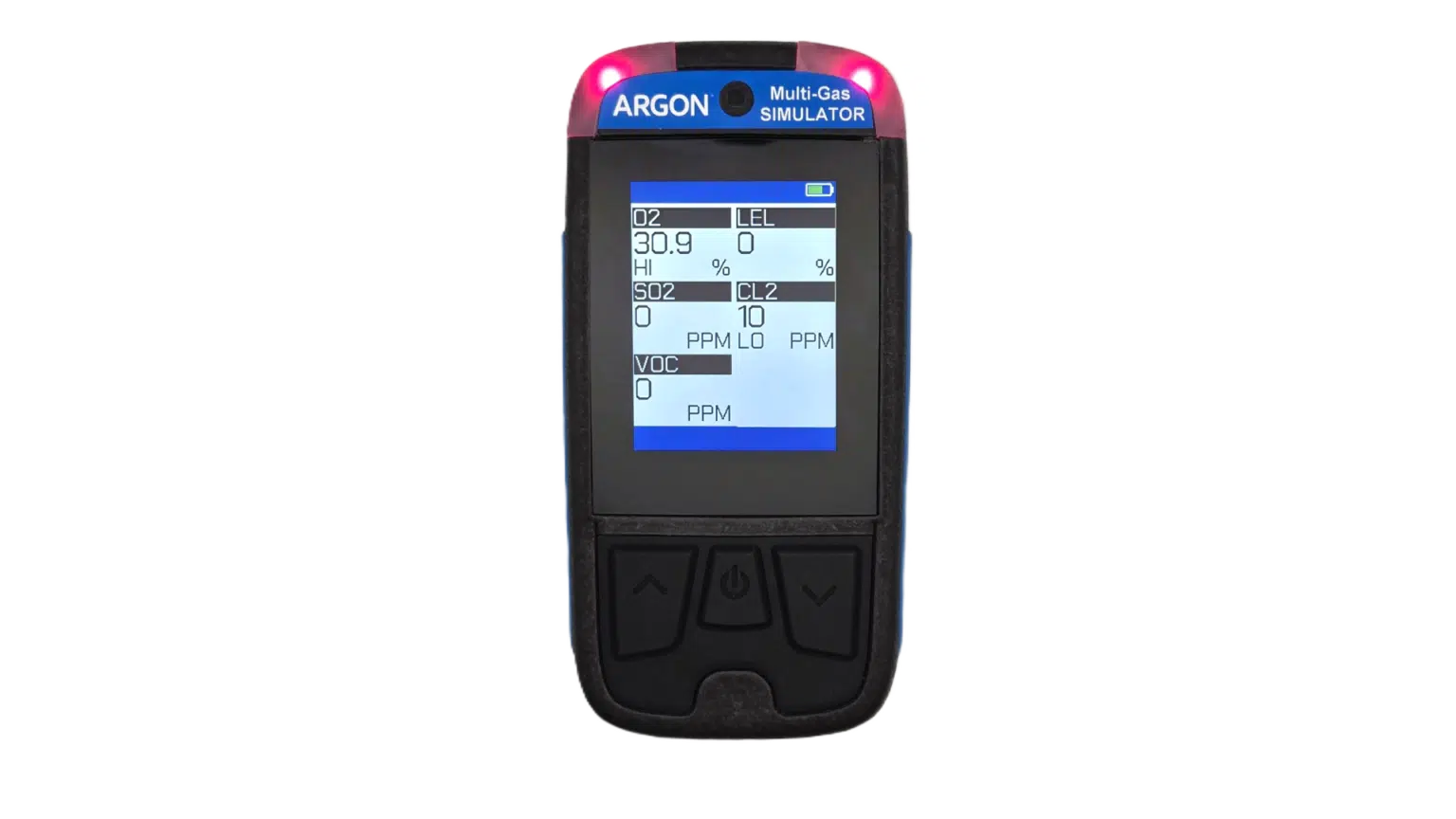Argon has unveiled the Generic MultiGAS-SIM, a customisable multi-gas training simulator developed to enhance the realism and effectiveness of hazardous materials training. This tool enables instructors to configure both the number and type of simulated sensors, while also tailoring the user interface to mirror actual operational equipment.
Designed for use by firefighters, technical rescue teams, HazMat responders, and industrial personnel operating in confined or hazardous environments, the simulator offers flexibility and adaptability to meet a range of training needs. It can simulate the behaviour of up to six different gas sensors, including oxygen (O2) and lower explosive limit (LEL) sensors, with activation thresholds adjustable to align with local training standards.
The system integrates seamlessly with Argon’s existing simulation technologies, including the Long Range Vapour Source (LRVS) emitters. These emitters, which can be detected from distances up to 30 metres, simulate a variety of hazardous substances and training scenarios, such as oxygen depletion, and can be used in both indoor and outdoor settings. The simulator is also compatible with Argon’s PlumeSIM wide-area training platform, allowing its use alongside simulations of chemical warfare agents and toxic industrial chemicals.
Argon reports that the Generic MultiGAS-SIM has received highly positive feedback from customers, who have praised its ease of use and training value. According to Steven Pike, Argon’s Managing Director, the simulator represents a significant advancement in hands-on hazardous environment training, providing a practical and environmentally safe alternative to live-agent exercises. The tool is globally applicable and designed to integrate into existing training programmes, reinforcing safety and operational readiness across diverse sectors.


